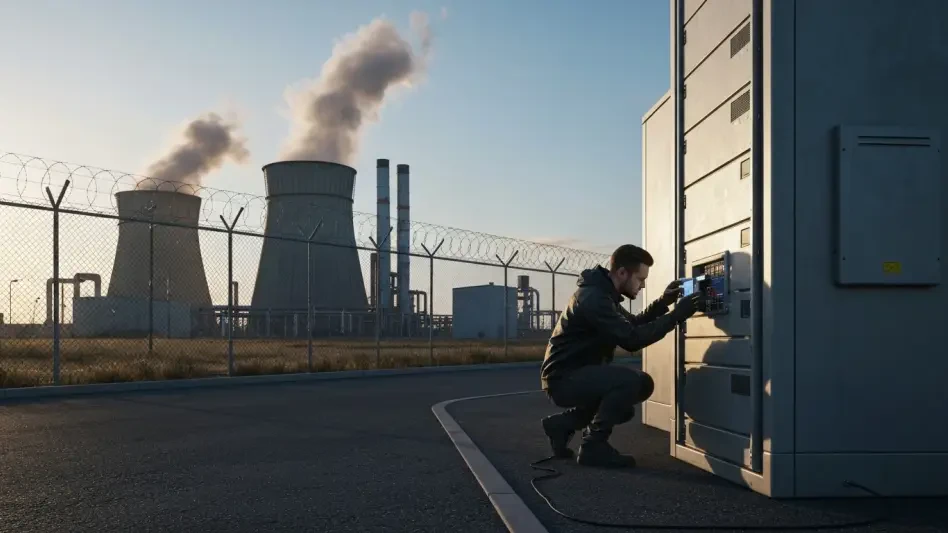Microsoft has had its fair share of challenges as it continues to refine updates for Windows 11. Its most recent Patch Tuesday release has brought to light issues notably impacting Windows 11 virtual machines (VMs), becoming a point of contention among users and developers alike. Particularly affected are Windows 11 versions 22## and 23##, where problems predominantly arise in virtual environments such as Azure Virtual Machines and on-premises systems using Citrix or Hyper-V. Errors leading to recovery mode are highly relevant, with users often encountering issues pertaining to the ACPI.sys file, a critical component responsible for power management. This scenario has further compounded Microsoft’s ongoing troubles with patch management, drawing attention to the necessity of reliable system stability and performance.
Issues and Repercussions
Virtual Machine-Specific Challenges
The recent update has heightened concerns about virtual machine stability, exposing critical vulnerabilities. Users running the latest versions of Windows 11 report being thrown into recovery mode due to complications with the ACPI.sys file. This file, crucial for handling power management tasks, is notorious for causing problems, an assertion humorously supported by renowned software engineer Linus Torvalds.
Though the primary issues are centralized in corporate IT infrastructure, affecting enterprise-level environments, the effects trickle down to individual users. Those utilizing similar system configurations also report encountering recovery challenges. This is primarily due to the suspected presence of the 0x8007007e error code, which is synonymous with file corruption concerns. Microsoft has urged users to delay the installation of the latest patch until a more stable solution is presented. In spite of ongoing remedial efforts by engineers, the situation underlines the precarious balance between swiftly deploying updates and ensuring robust system functionality.
Broader Patch Management Concerns
Patch management inadequacies have not been uncommon for Microsoft over the years. Beyond the recent virtual machine setbacks, past incidents have highlighted the complexity of deploying smooth and comprehensive updates across diverse systems. Emergency patches, like those for Windows 10 to rectify BitLocker recovery loops, underscore the critical nature of staying proactive against such glitches. Similarly, a contentious update that left Internet Information Services folders vulnerable to exploitation only adds to the narrative of Microsoft’s struggles.
Further complicating matters have been issues impacting Remote Desktop sessions in Windows 11 24## and Server 2025, which have led to extended freezes, prompting user frustrations. Each instance not only represents challenges in the patch deployment process but also serves as a reminder of the intricacies involved in ensuring seamless integration across variable hardware and software configurations. As these cases accumulate, it becomes a testament to the pervasive challenges in maintaining a consistent and error-free service experience.
Navigating Towards Stability
Committing to Long-term Solutions
Microsoft’s strategy to resolve patching inabilities focuses on identifying root causes and fixing errors promptly, though not without obstacles. The tech giant adopts a variety of measures, engaging dedicated engineers to address vulnerabilities while maximizing system protection upon identified issues. By leveraging expertise and resource capacity, it aims to introduce stable update mechanisms, enhancing general system reliability and user satisfaction.
The strategy requires dissecting the layers of software architectures involved, evaluating combined impacts of diverse updates, and addressing interdependencies that pose latent risks. Achieving a high level of understanding of these interactions is crucial in circumventing constraints involved in the patch lifecycle. Deploying more rigorous testing protocols and fostering active collaboration between development teams could contribute to remedies for the setbacks observed.
The Road Ahead
Microsoft’s ongoing endeavor to perfect its update delivery processes indicates both ambition and acknowledgment of the adjustments necessary to mitigate underlying issues. While patching dilemmas persist, clarity on advancing systemic improvements prevails, forming a foundation for enhancing technology experiences.
The calls for an evolved approach—one centered around planning and proactive risk management—aspire to significantly benefit end-users while aligning with diverse technological landscapes. As Microsoft’s story unfolds in recovering control over its patching processes, striking a balance between innovation and reliability will shape future developments, thereby reinforcing the company’s position in the ever-dynamic tech arena.
Future Considerations and Recommendations
The latest update has raised significant concerns about virtual machine stability by revealing critical weaknesses. Users running the newest version of Windows 11 are finding themselves stuck in recovery mode due to issues with the ACPI.sys file. This particular file is essential for managing power-related tasks and has a notorious reputation for being problematic—a fact humorously affirmed by respected software engineer Linus Torvalds.
While the major issues primarily impact corporate IT systems, especially in enterprise environments, they also affect individual users. Those with similar configurations are also reporting recovery issues. This largely results from the suspected emergence of the 0x8007007e error code, which is linked to file corruption concerns. Microsoft has advised users to hold off on installing the latest update until a more stable version is available. Despite engineers’ ongoing efforts to remedy the situation, this highlights the delicate act of rolling out updates quickly while ensuring system reliability is not compromised.








